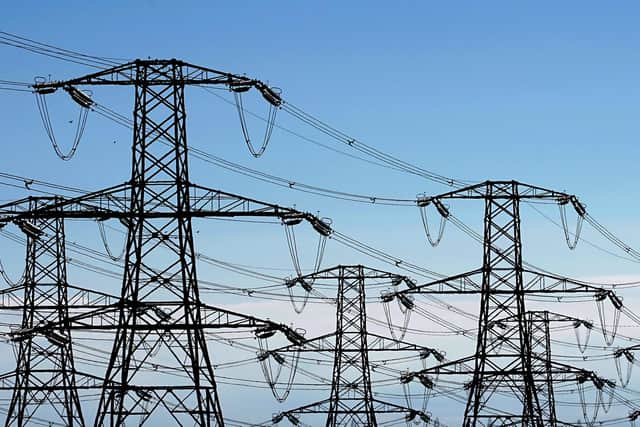The SSEN pylon row shows transmission of green energy comes at a cost - and are a sign of things to come
The plans are seen as critical in moving renewable energy generated in the Highlands to more populated areas of central Scotland and England - with the network upgrade and the subsequent row likely a sign of things to come.
While there have been further calls for greener, cheaper energy sources, with many built in rural areas to provide maximum output and supply, as green energy developments grow, the issue is moving from energy creation to energy transmission.
Advertisement
Hide AdAdvertisement
Hide AdAs we produce more green energy through wind projects and other initiatives in the Highlands, building out higher capacity lines becomes crucial to our carbon neutral targets to deliver the electricity to those who need it.


High voltage lines carrying more electricity require bigger towers, blighting the aesthetics of many of the areas nearby wind farms and other green projects.
While there is understandably an objection to “Glasgow tower block size” pylons from locals living nearby - there needs to be an understanding that upgrading the grid is crucial.
The lengthy public inquiry into the development of the Beauly to Denny power line proves that many people simply, and understandably, do not want a pylon near them and will object. However, such delays also impact our ability to move quickly to greener sources of energy.
The reality is that with the country moving to greener energy, the transmission of said energy is likely to be the next big battle. Locals will need to accept that energy produced near them needs to serve the rest of the country.
Currently we have a power grid built in the 20th century that is unfit for purpose to meet the needs of users and the climate targets of the 21st. In decarbonising the future, we will need to get power from sources of green energy, to the areas they serve.
Everyone needs to accept that a shift towards green energy is going to create a fundamental shift in how our energy grid and our countryscapes will look.
Comments
Want to join the conversation? Please or to comment on this article.